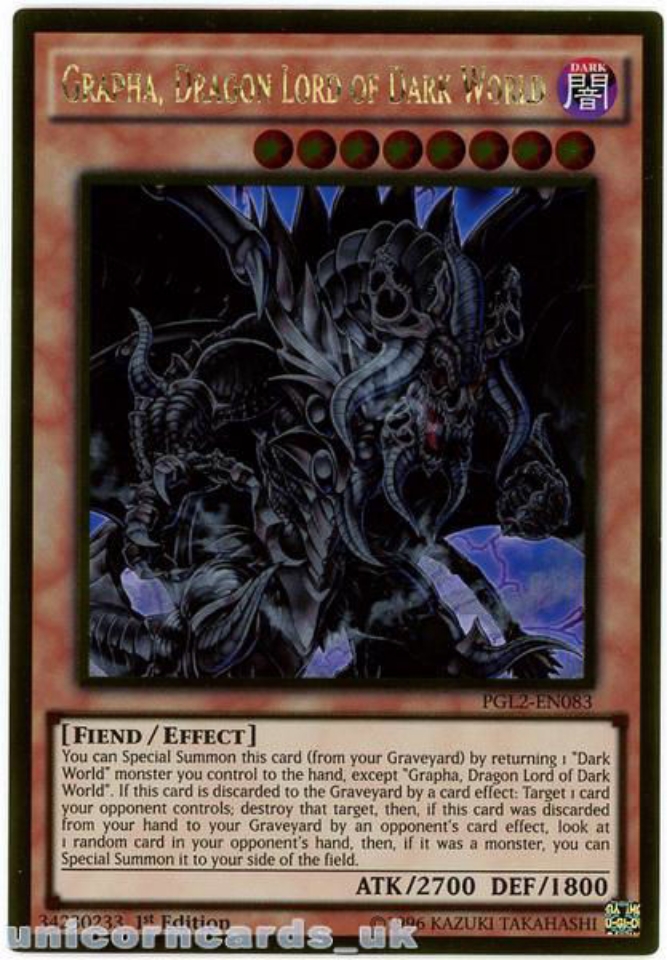

Contact Us The best way to contact us is through the eBay messaging system. We only want five star feedback from you so buy with confidence. Four RoGrown Unicorns can be combined at the Fox Shrine to potentially result in either a RoBorn Ivy Unicorn, Moonlight. The Unicorn acts as a base model for its succeeding evolutions as well as the shiny forms of its evolutions. It was released as a part of the JLaunch Update. Contact us if you are unhappy about any aspect of your purchase from us. The Unicorn is a legendary pet in RoPets that can be obtained out of the Mythic Egg at a 5 chance. Payment Feedback We will always help you to have a 100% positive happy buying experience. Click to expand the tabs below to read more about our policies.

Home About Us Shipping Returns Payments View Feedback Add to Favourites Main Description 1 SET OF UNICORN WORLD CHAMPION JOHN PART SOFT TIP DARTS SET 16g 80% LATINUM TUNGSTEN MATCHED WEIGHED TO WITHIN 0.1 g EACH BARREL HAS PLAYER'S SIGNATURE AND UNICORN'S HALLMARK SPECIAL SILVER SHOW TIPS PACK CONTAINS 1 SET GUARANTEED WEIGHT 80% TUNGSTEN BARRELS 3 SETS OF MAESTRO SIGNATURE FLIGHTS 1 SET OF ALUMINIUM SHAFTS 8 FLIGHT PROTECTORS 1 SET OF SPARE SOFT TIPS 1 ECLIPSE MAX CASE A TOP OF THE RANGE DART FROM UNICORN THESE DARTS ARE FOR USE WITH A SOFT TIP DARTBOARD ONLY Check out my other items! ALL NEW Additional Information We are dedicated to ensuring the highest possible quality service to our customers. Item: 261031599756 UNICORN JOHN PART 16g SOFT TIP 80% LATINUM TUNGSTEN DARTS SET. After all, no one was able to find a real animal that matched the unicorn description.Seller: dartshopdirect ✉️ (85,989) 99.7%, The common belief among Europeans that unicorns actually existed waned by the 18th century, according to the St Neots Museum. While narwhals actually existed, most people hadn't heard of them, so the tusks helped reinforce tales of mythical unicorns, which weren't real but were commonly believed in.

"The unicorn is well known in medieval pictorial and written culture, particularly in the fourteenth and fifteenth centuries, whilst the absence of narwhals from western European art and thought is striking," the study's author wrote. After the tusks arrived in medieval markets, unicorn horns were almost always described as being long, white and spiraled, just like narwhal tusks, according to the AMNH.Ī 2004 study published in the European Journal of Archaeology (opens in new tab) noted that narwhals were largely unknown in Europe in the Middle Ages, although some people hunted them and acquired their tusks. Ice Age 'unicorn' may have lived alongside modern humansĮuropeans didn't have a consistent description of what unicorn horns should look like before narwhal tusks were traded. Real or not? The science behind 12 unusual sightings Male narwhals possess a projecting tooth 6.6 to 9.8 feet (2 to 3 m) long that resembles a horn, according to the University of Washington's Polar Science Center (opens in new tab). Narwhals are toothed whales from the Arctic. In the Middle Ages, sailors and merchants introduced narwhal ( Monodon monoceros) tusks to European markets and sold them as "unicorn" horns, according to the AMNH. Today, it is widely accepted that the "unicorn" Polo saw was a rhinoceros, according to Brown University Library (opens in new tab). Polo described the creature as having a large, black horn hair like a buffalo's and feet like an elephant's. "It is a hideous beast to look at, and in no way like what we think and say in our countries." "They delight in living in mire and in mud," he wrote. Italian explorer Marco Polo found unicorn stories didn't quite match up to reality when he traveled through Asia and saw what he thought was a unicorn for the first time, in the 13th century - an account detailed in " The Travels of Marco Polo (opens in new tab)" (Penguin Classics, 1958). The unicorn thus became a Biblical animal associated with Jesus Christ and purity. The word later became "unicornus" in Latin translations of the Greek Bible and "unicorn" in English versions of the Latin, according to Merriam-Webster (opens in new tab). In the third century B.C., scholars translating the Bible from Hebrew into Greek took the Hebrew word "re'em," likely the name for aurochs, and turned it into the Greek word "monokeros," which meant "one horn," which had been used for rhinos. Mistranslations helped transform unicorns from confusing composite animals into majestic white creatures.


 0 kommentar(er)
0 kommentar(er)
